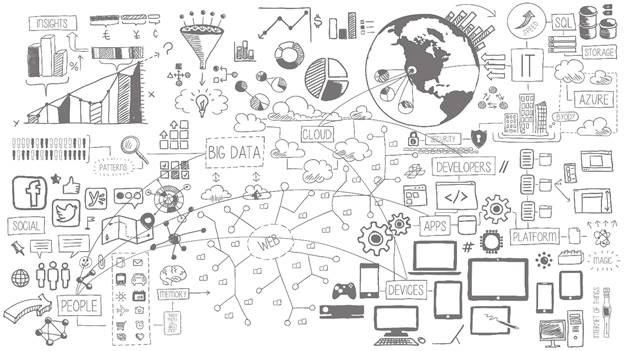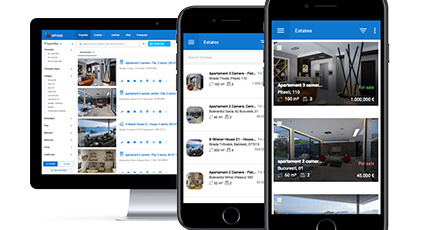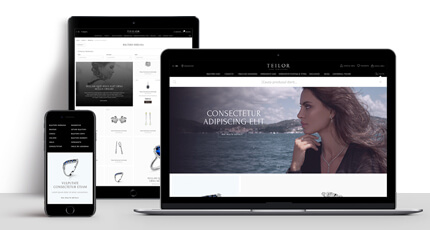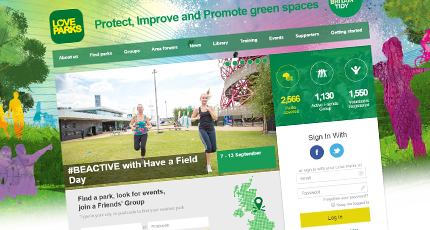As the Internet of Things continues to grow, businesses now have access to a wealth of customer data that calls for better solutions to harness its power. Looking beyond the transformations that IoT brought to the way we think of datacentres, it’s becoming increasingly necessary to tap into more powerful analysis and interpretation tools, in order for companies to actually make the data actionable and put it to use.
The only way to keep up with wearables – generated data is by constantly improving the speed and accuracy of big data analysis and this is where machine learning comes into play. In an IoT context, machine learning can help companies boil terabytes of data down to what’s really meaningful for their goals.
The idea is to review and analyse the data you’ve collected in order to identify anomalies, correlations and patterns to learn from and make better decisions.
Regarding the potential that ML can unlock when in the IoT context, Joseph Sirosh, Microsoft VP of machine learning, noted: “When you put enormous compute against enormous data and you bring machine learning to bear along with it, and the Internet of Things feeding data into the cloud…and streaming analytics running on live data…I think that in a very short time, you will see a completely different picture of analytics.”
For small and medium-sized companies that can’t afford the resources to develop their own machine learning competencies, the optimal solution is to leverage the expertise of companies that offer ML services. This way, they can quickly get the insights they need without making huge investments in technologies that are not core to their business.
For instance, when one of our long time clients came to us with the idea of using smart wearables equipped with sensors for sports training, we tapped into our machine learning expertise and used ML algorithms to analyse the data collected by the device’s sensors, establish a baseline performance, then compare the data from subsequent performances against the current baseline. Following this analysis, recommendations for improvement are made and the athlete gets a visual representation of how the optimal movement should look like. This solution relies on Microsoft Azure for Machine Learning.
When it comes to IoT and big data analysis, the decision that most businesses need to make is whether to “build” or to “rent”, and this is why many companies are now adding machine learning to the list of technologies they consider outsourcing to the experts.
Image source: https://blogs.microsoft.com/blog/2014/04/18/weekend-reading-april-18th-edition-converting-big-data-to-ambient-intelligence/





